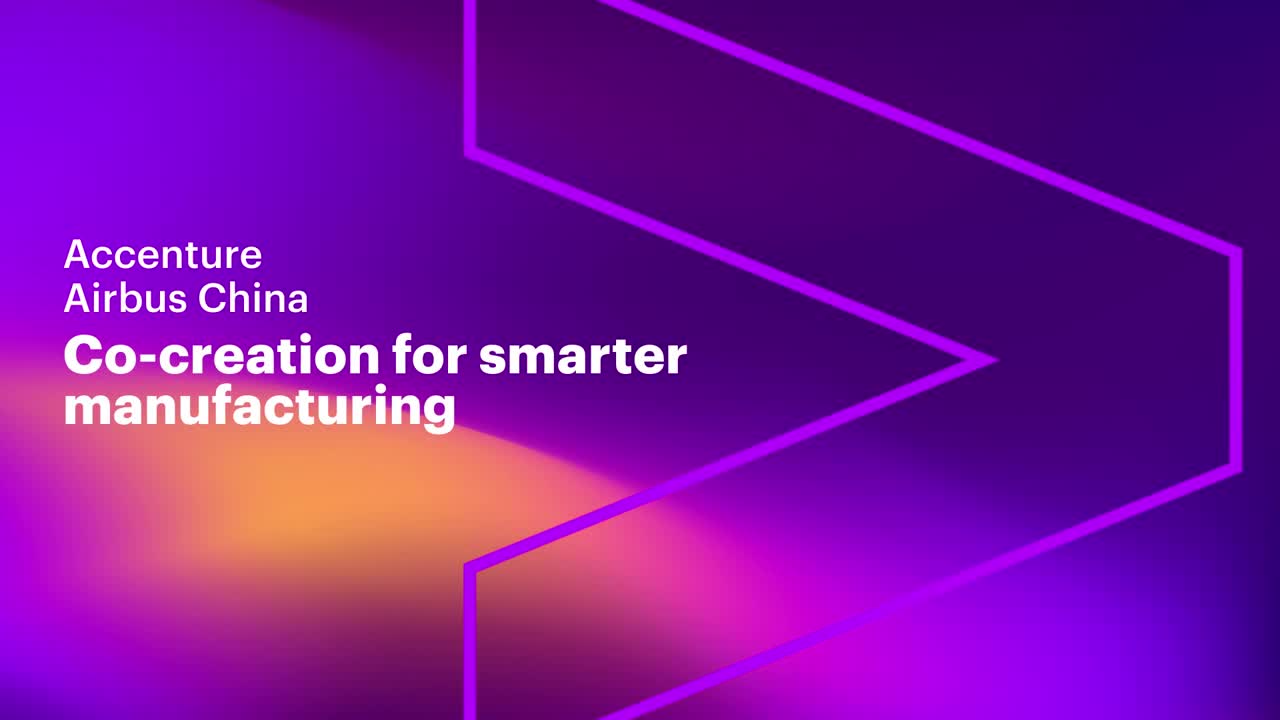Case study
Co-creation for smarter manufacturing
Automating aircraft inspection with AI and computer vision.
5-Minute read
Case study
Automating aircraft inspection with AI and computer vision.
5-Minute read
Now imagine if these same processes could be performed through analysis of video feeds by an artificial intelligence (AI) -driven solution. This solution would be able to automatically and precisely log major assembly steps while eliminating the possibility of human error. Sound too good to be true? For Airbus, a leading aircraft manufacturer, it’s the future of work.
The company is constantly looking for new ways to enhance the manufacturing process by harnessing the latest technologies. Working with Accenture Labs, based in the Accenture Shenzhen Innovation Hub, the Airbus China Innovation Centre (ACIC) is exploring how smart, AI-powered manufacturing can transform their operations. As a proof-of-concept, the company focused on reimagining the final assembly of an airplane. Traditionally, this is a very time intensive approach because it relies on manual entry and human judgement to determine when an assembly operation is complete.

To kick off the project, teams from two advanced innovation centers came together. ACIC’s industry specialists were familiar with the data, the data collection process during manufacturing, the problems encountered and the desired solutions. Meanwhile, Accenture Labs researchers utilized their expertise in AI and computer vision to develop a new AI as well as a special data annotation tool—that is custom fit for that data to expedite the annotation of over a million video segments.
The teams maintained an agile development process to efficiently develop the AI, train and test the model, identify the weaknesses and iterated until they achieved the performance level needed to do the job correctly and consistently.
The solution uses video feeds to automatically detect manufacturing issues in the plane’s final assembly. As the plane moves through its inspection, the deep-learning AI recognizes when tasks have been completed through motion. For instance, once the wing is attached, it’s noted and timestamped. This is not only a quicker, but also a more efficient way to conduct the final inspection. What’s more, the AI solution gathers and annotates images and video to inspect the proper installation and positioning of the aircraft’s large parts more accurately. All this ladders up to an automated process that frees up time for Airbus’s employees to focus on more meaningful tasks, while the AI solution takes care of the rest.


Thanks to the team’s agile approach, we were able to face every challenge head on. In one instance, we realized that we were taking a manual approach to tagging and treating the data by using individual frames. Imagine having to stop, analyze, and start a video on every new frame. Instead, we approached the data as a video rather than a series of images. By combining this direction with the custom annotation tool, we were able to accelerate inspections from hundreds of images per minute to millions of images per minute. That means more input for the data-hungry AI, which led to greater insights and a smarter, more effective process.
The combination of AI and computer vision increases both the efficiency and the accuracy of the processes. By automating the visual inspection of the aircraft through video-feed analysis, the system is able to precisely log major assembly steps and eliminate the possibility of human error. The result is a dramatic improvement in the accuracy of the readings which translates into significant savings during the manufacturing process — all while boosting quality and maintaining safety standards.

